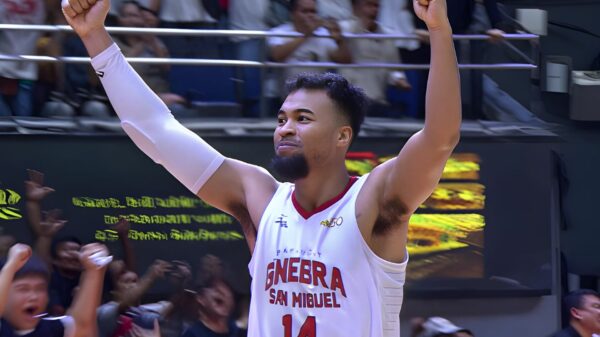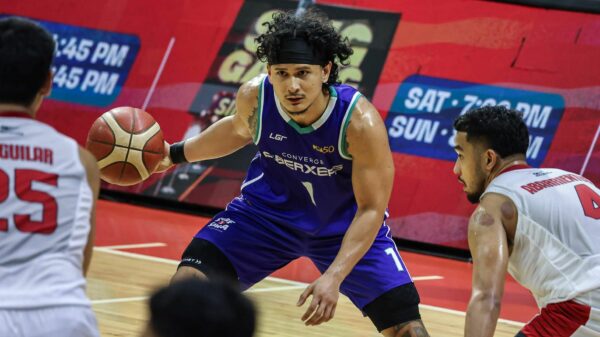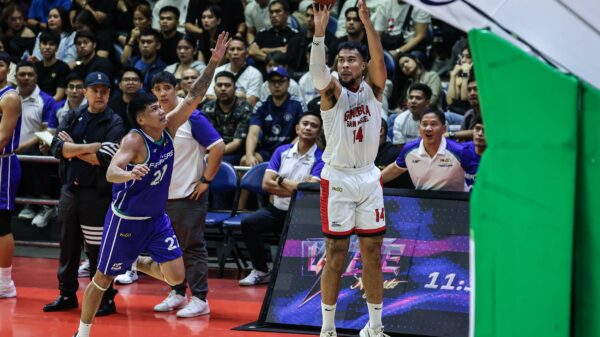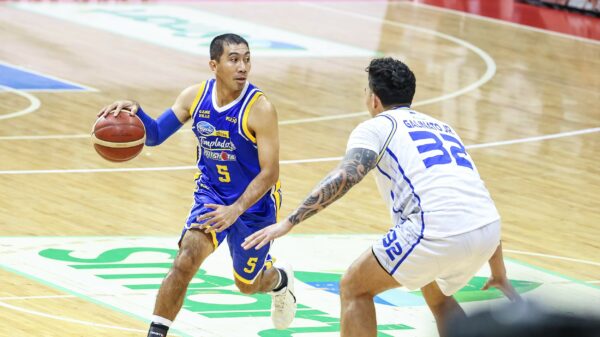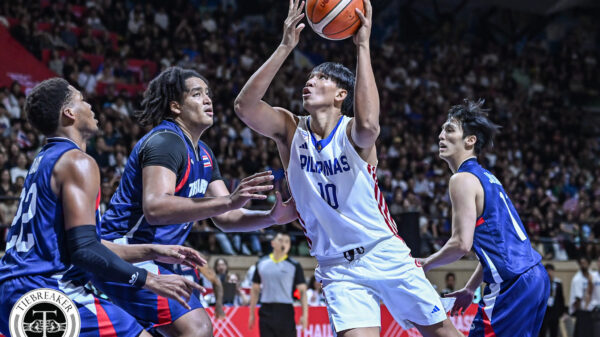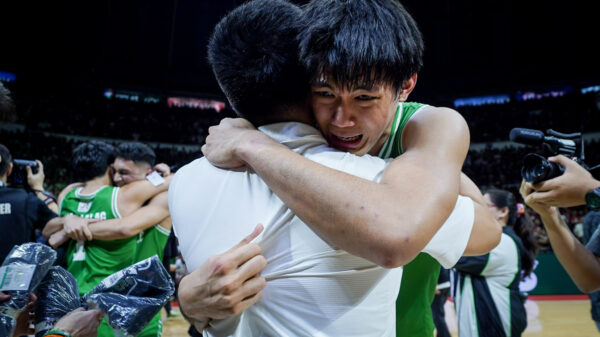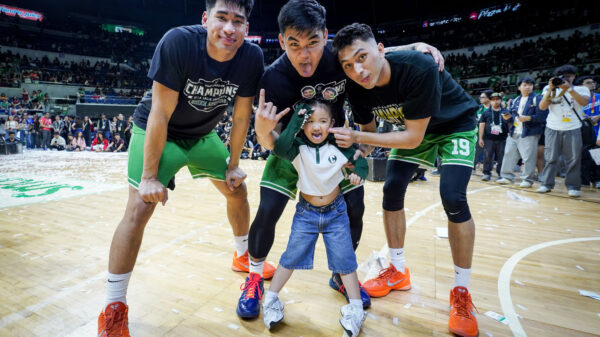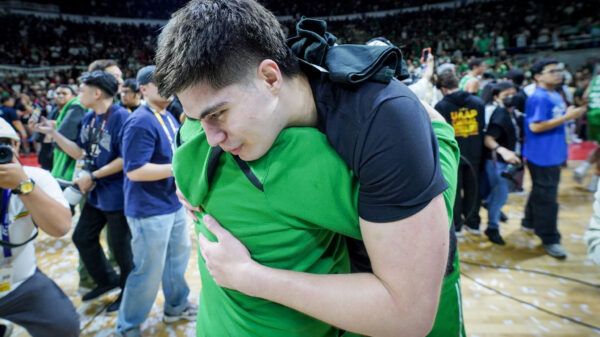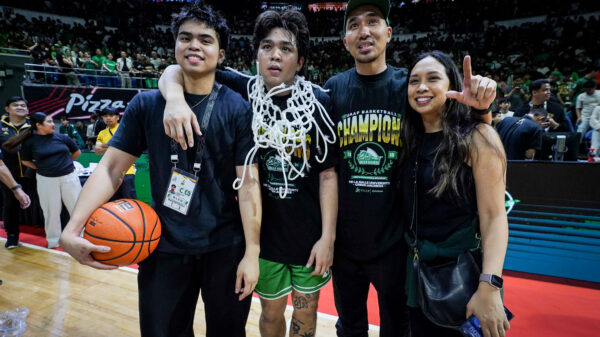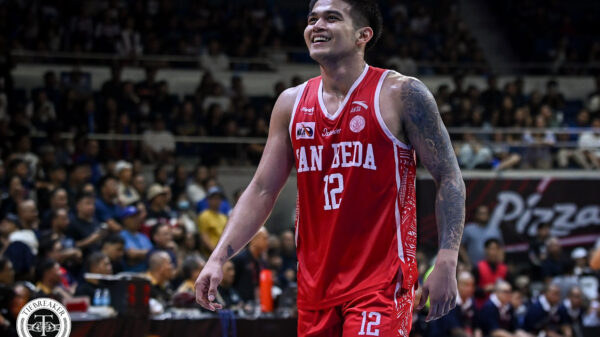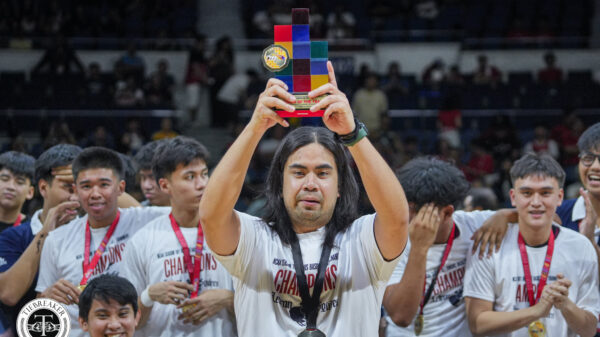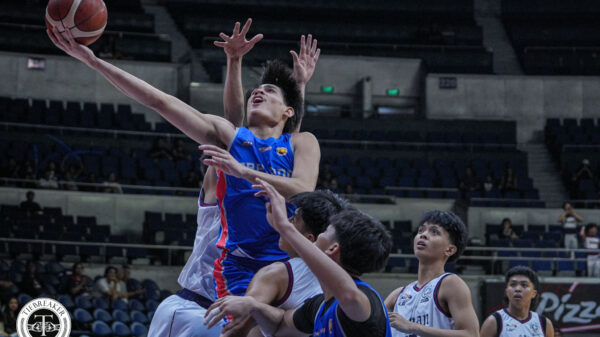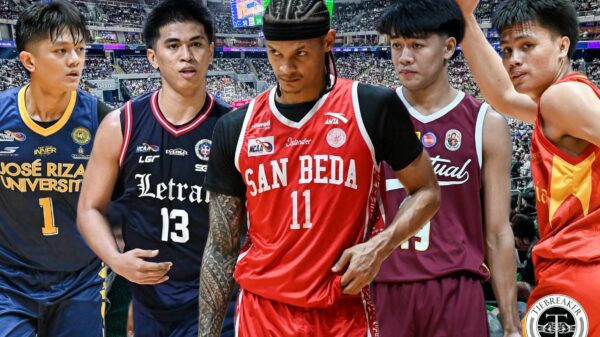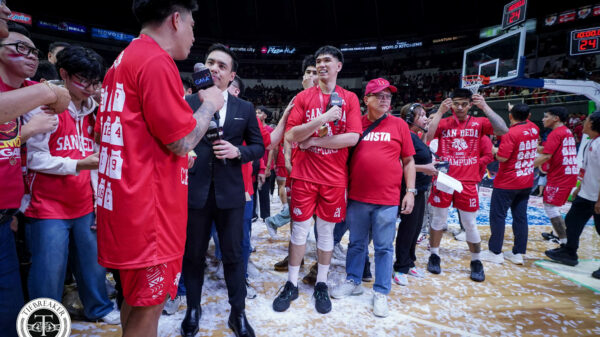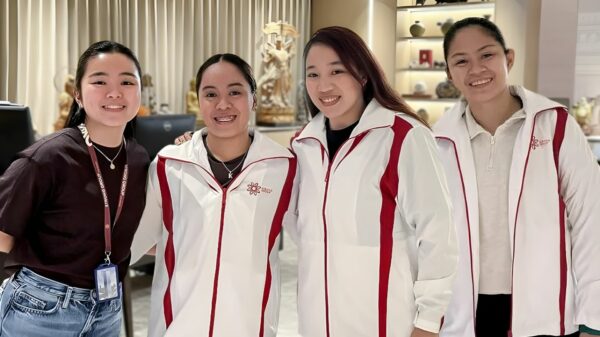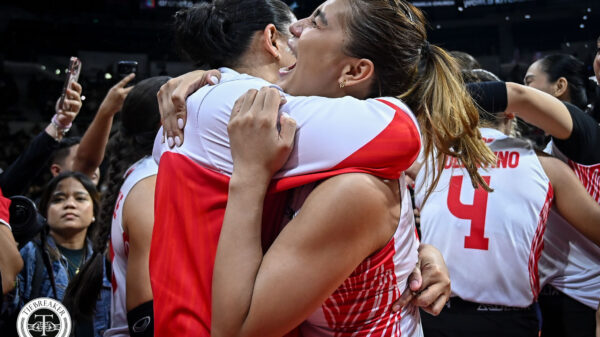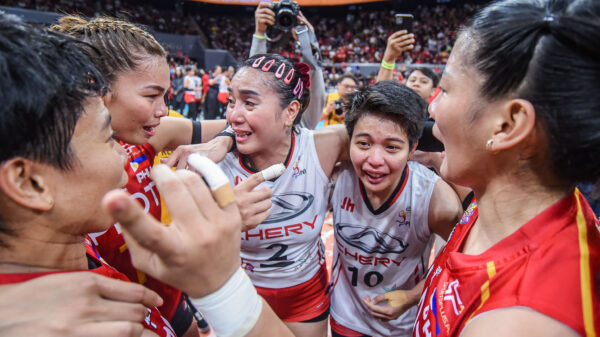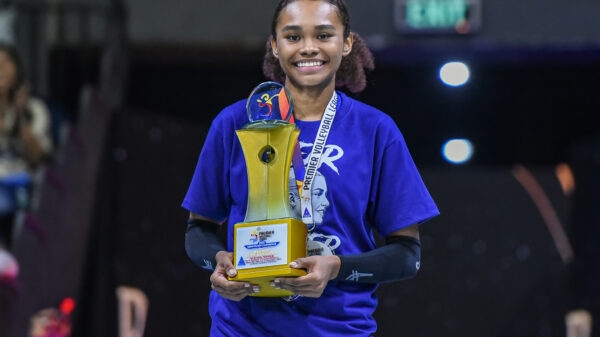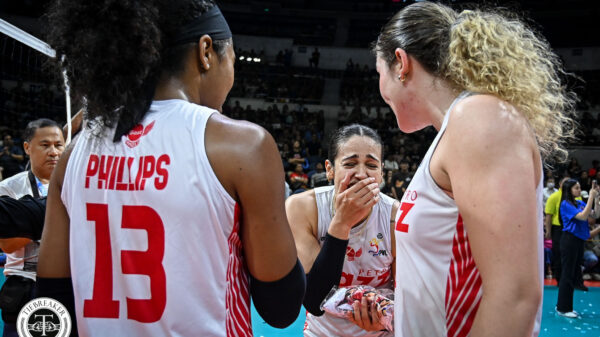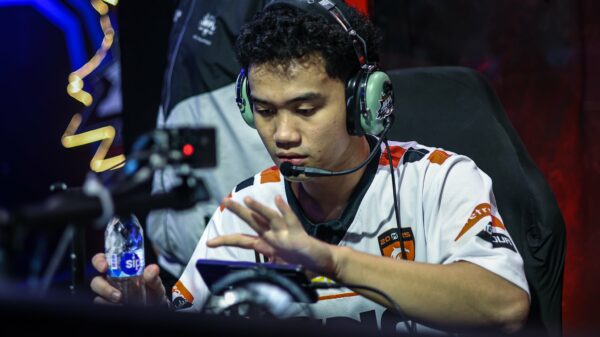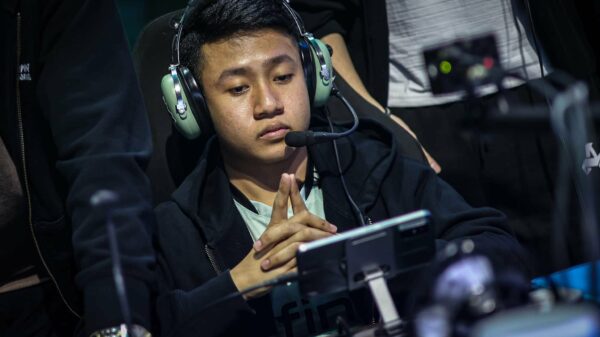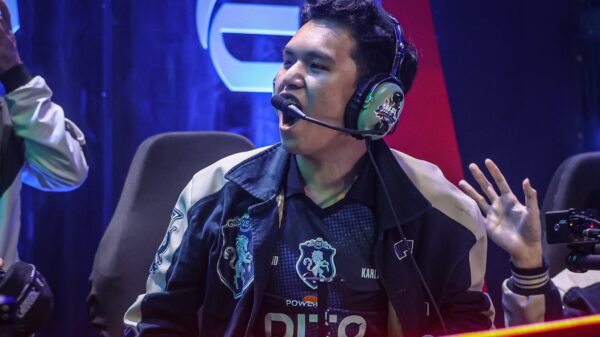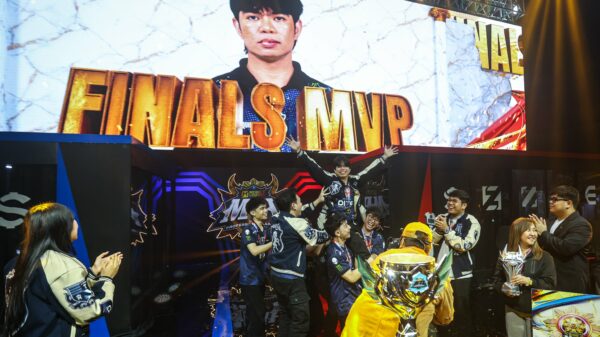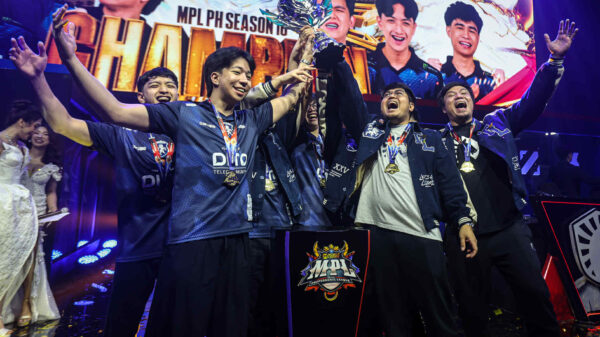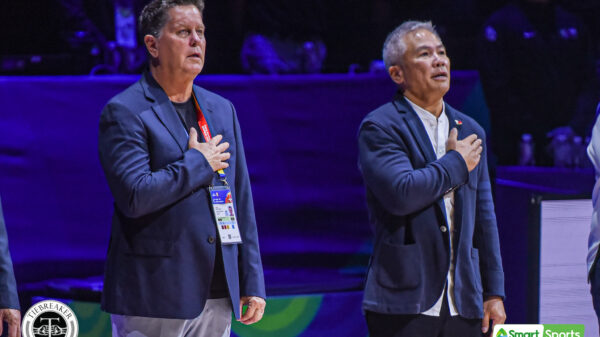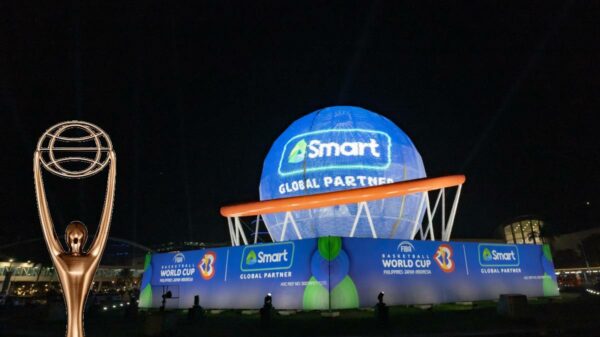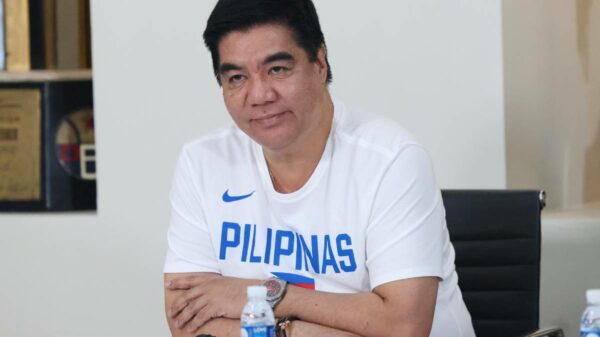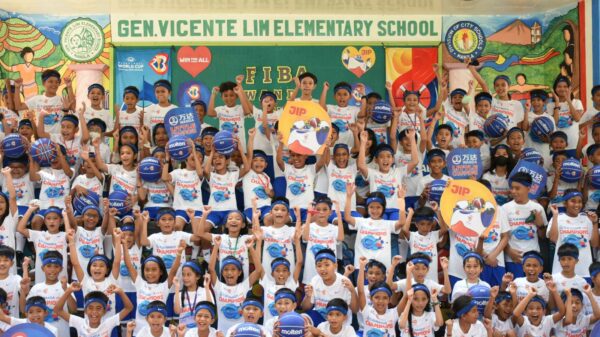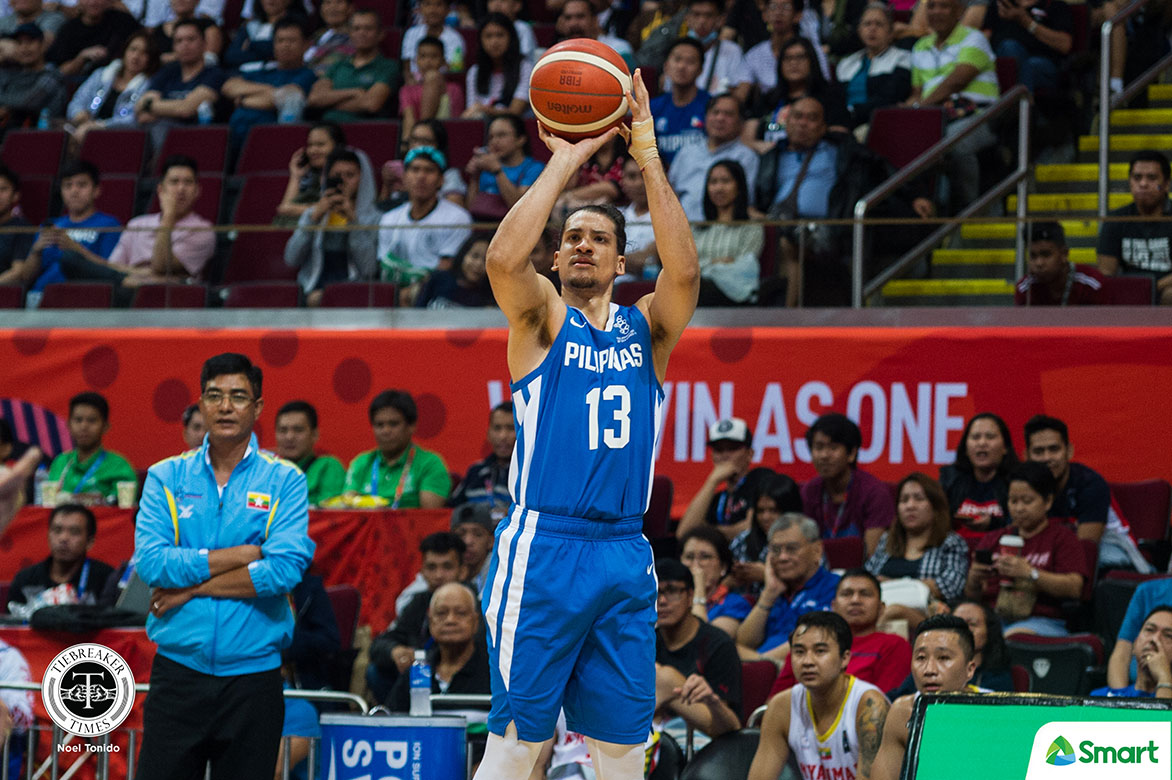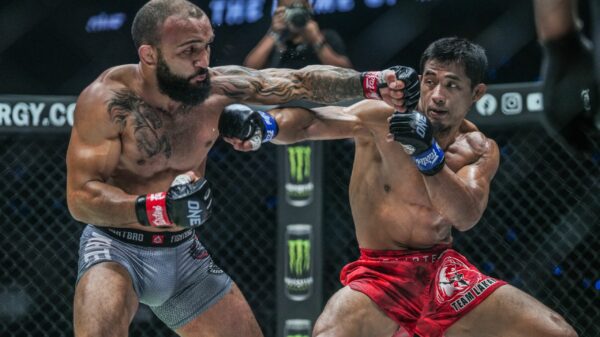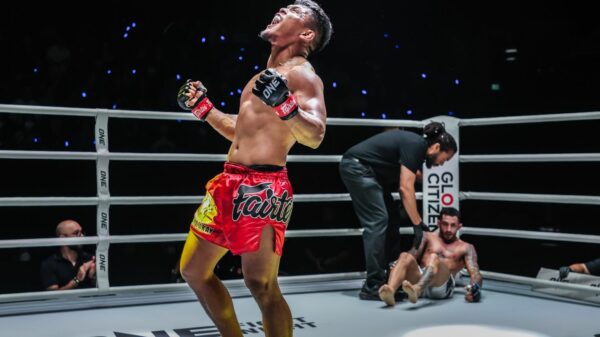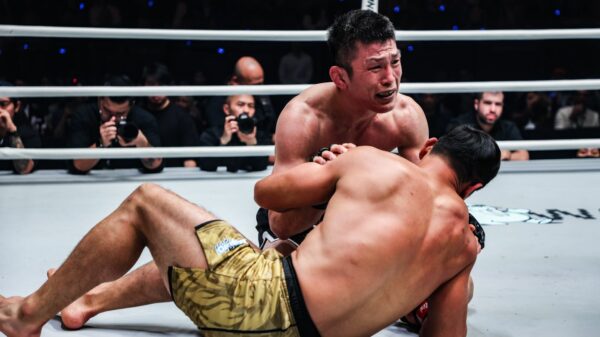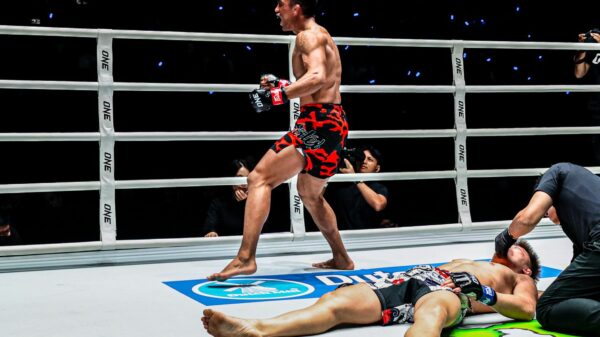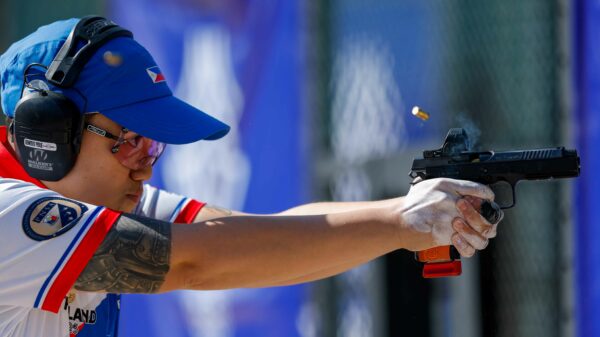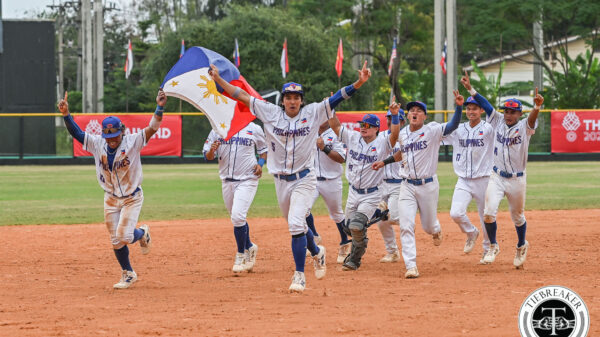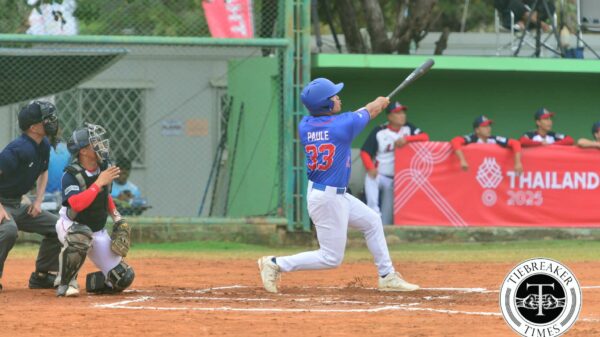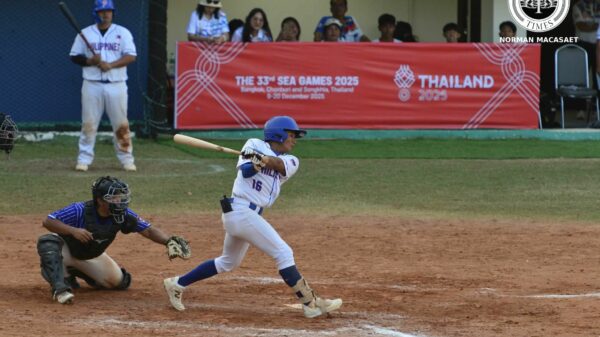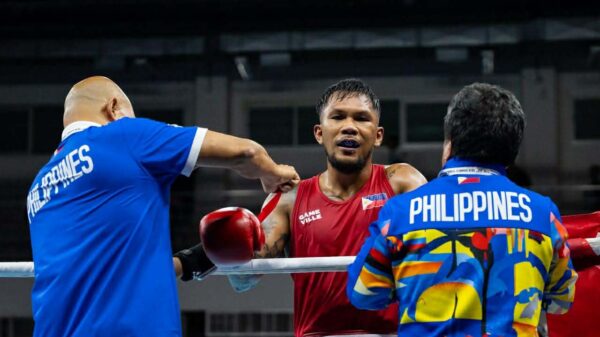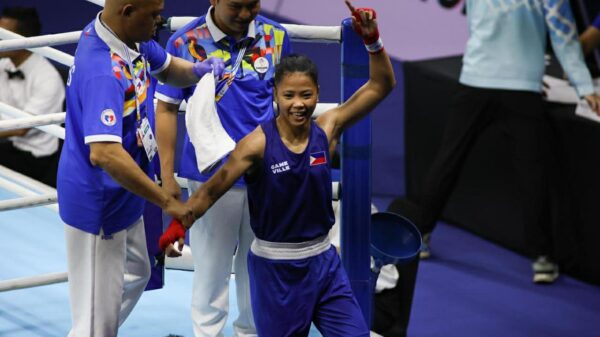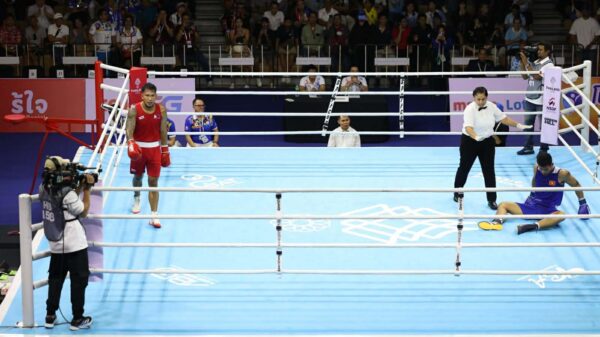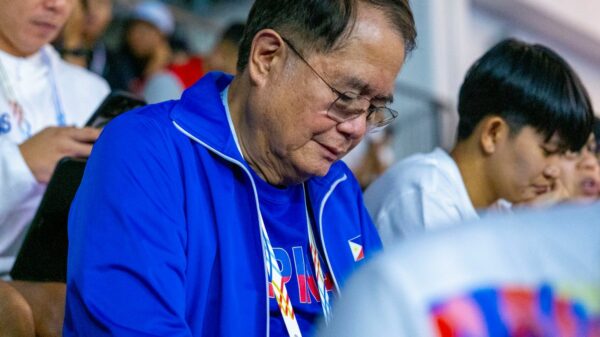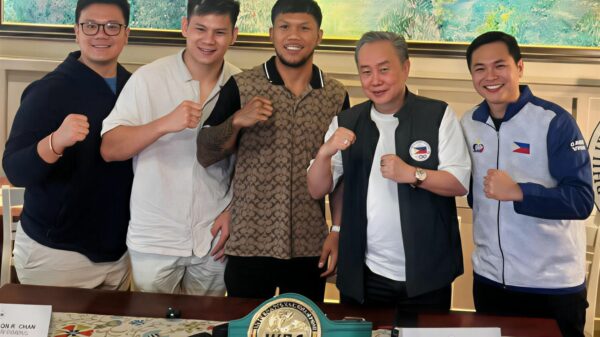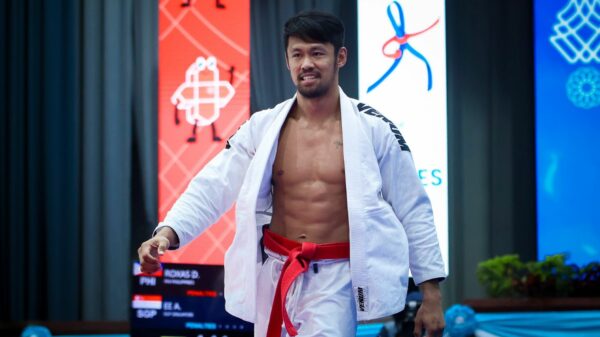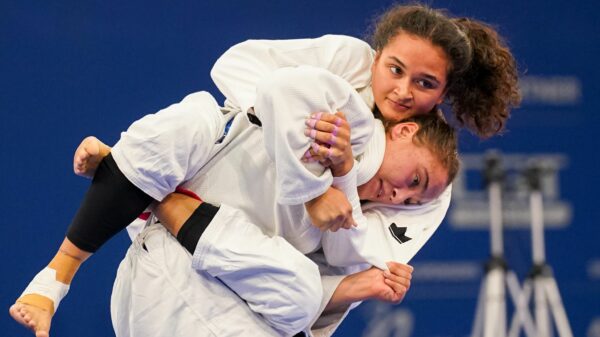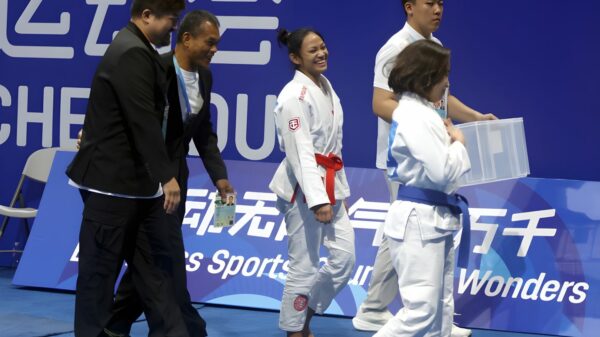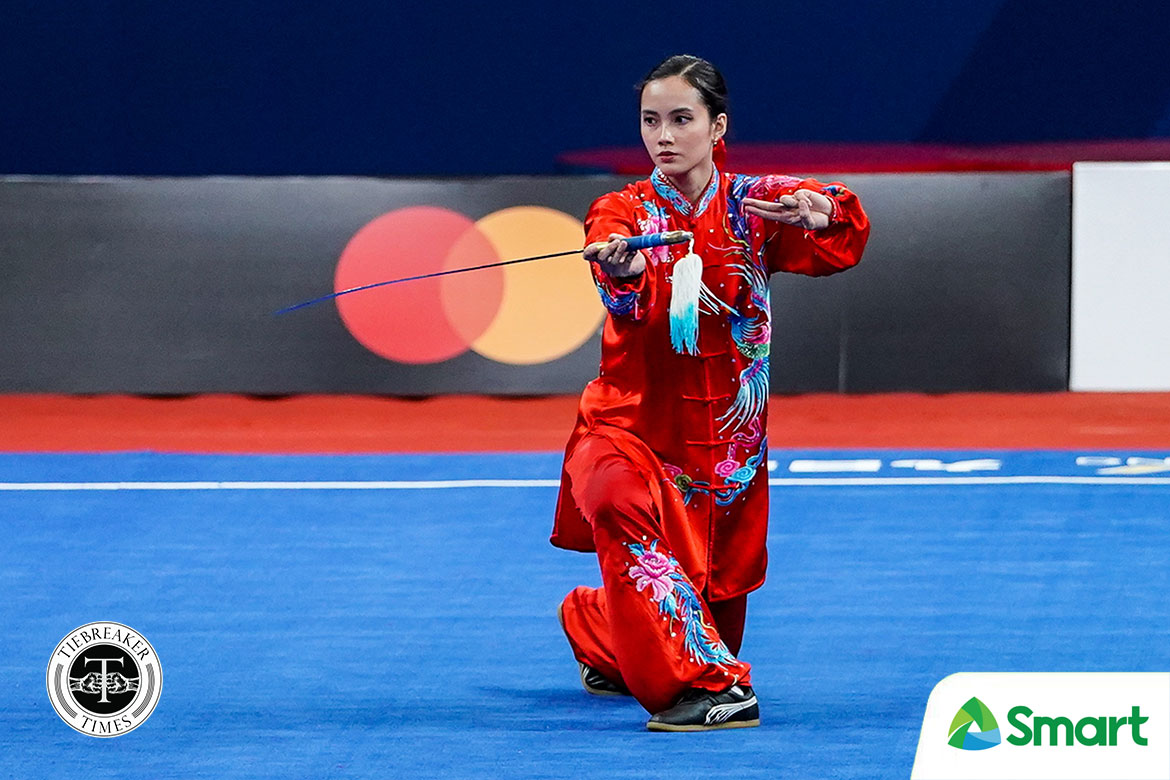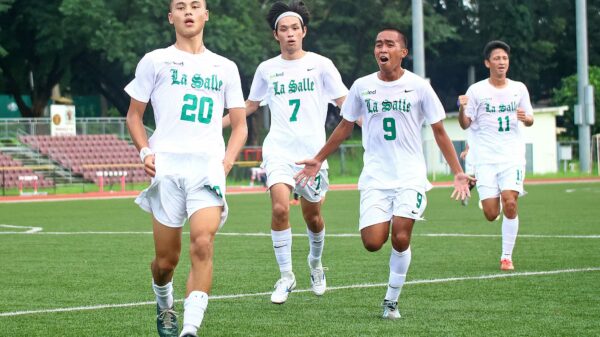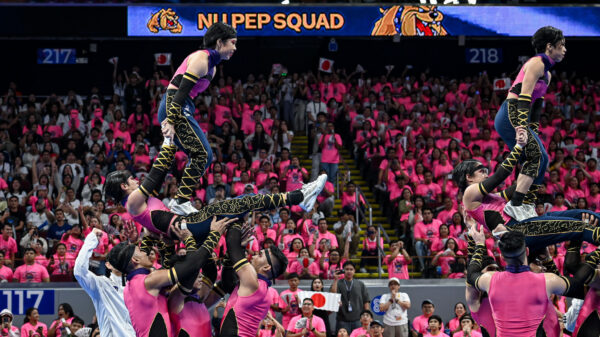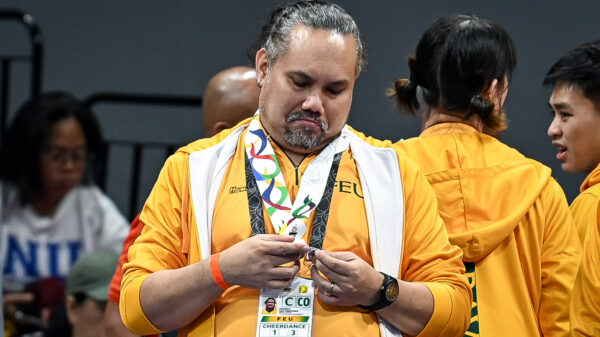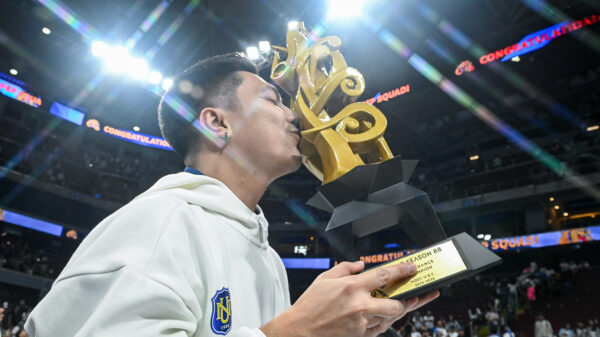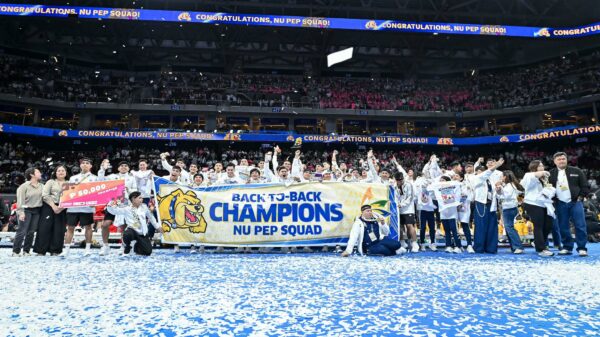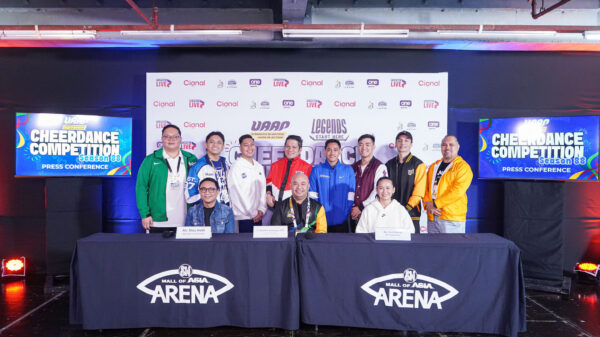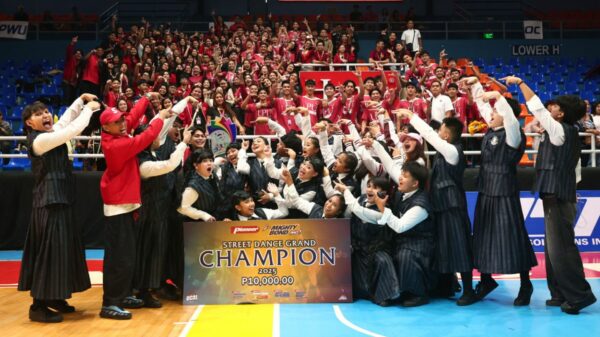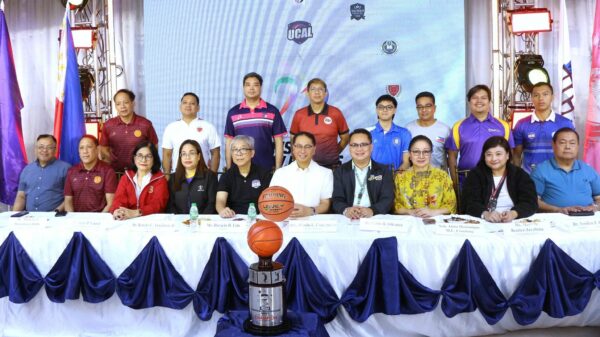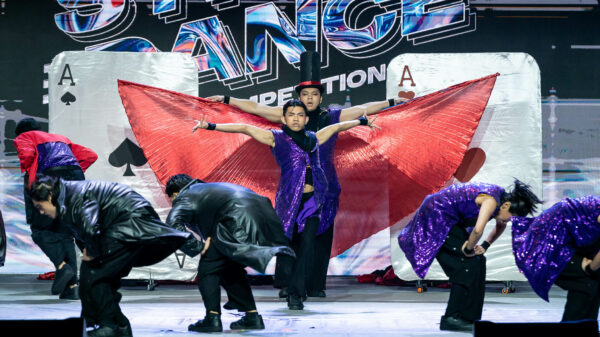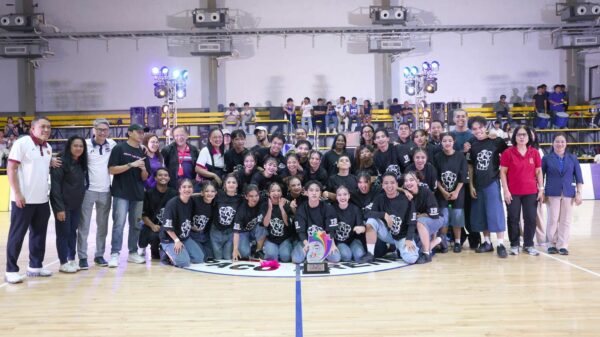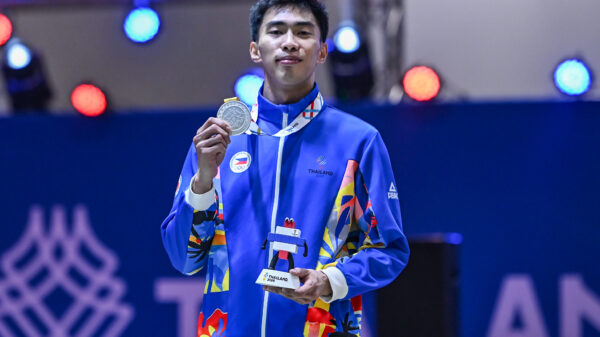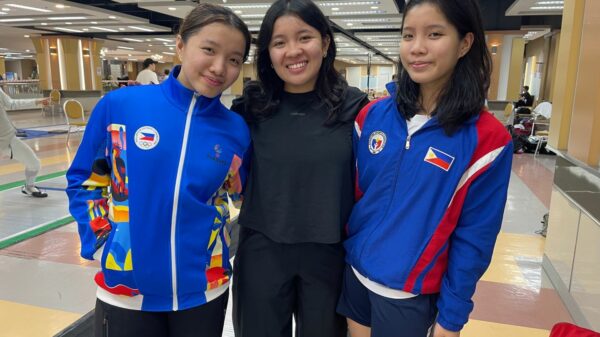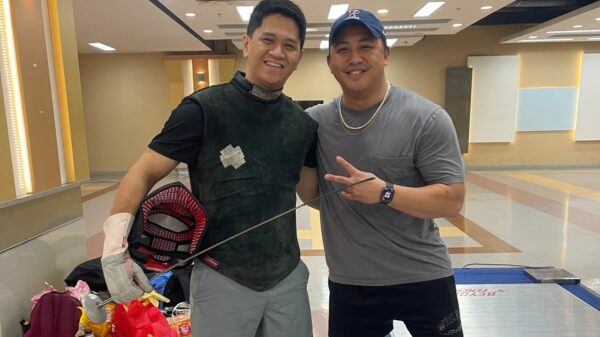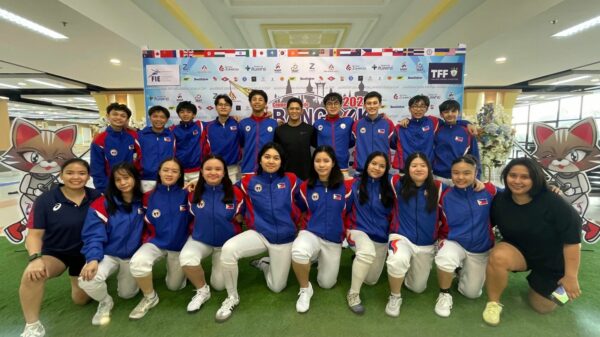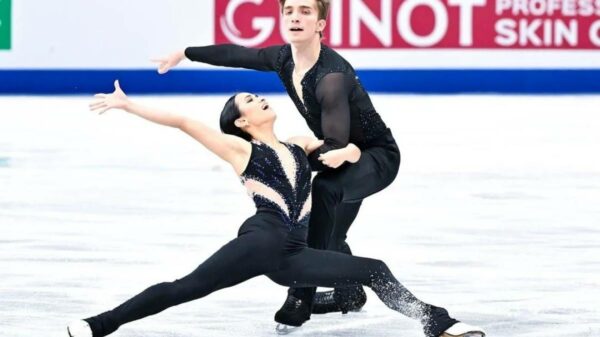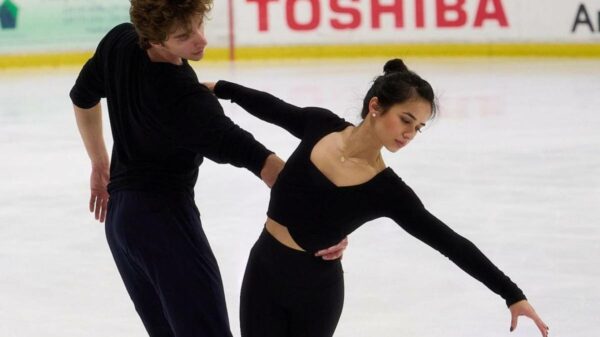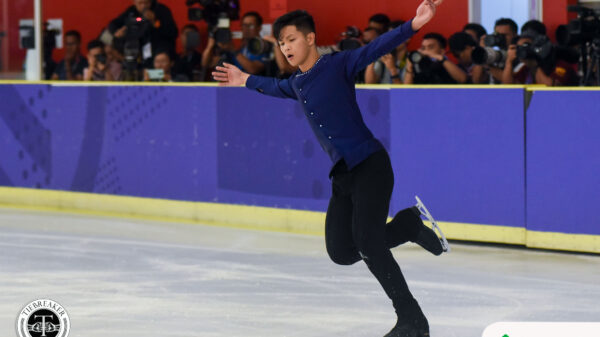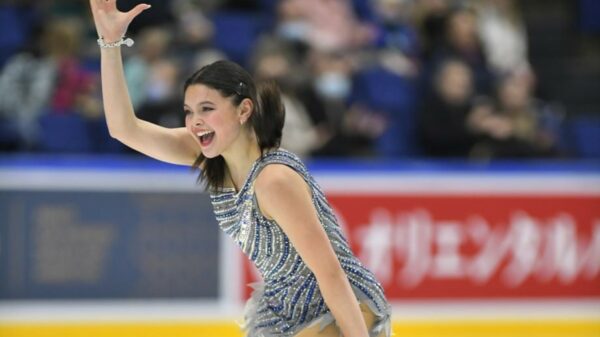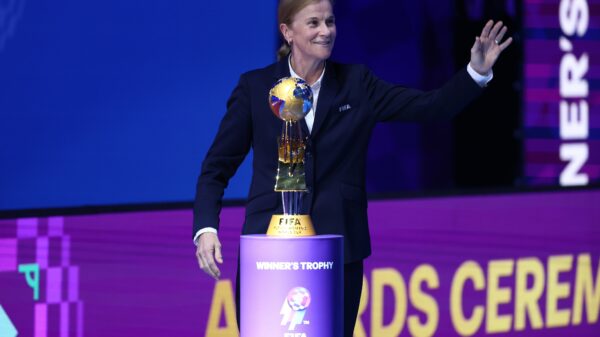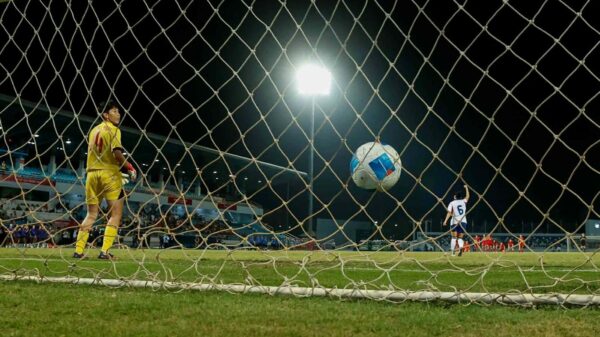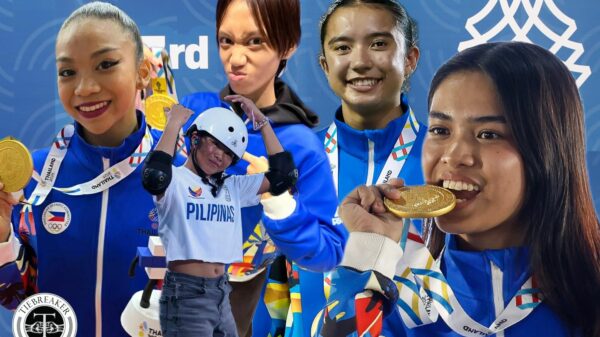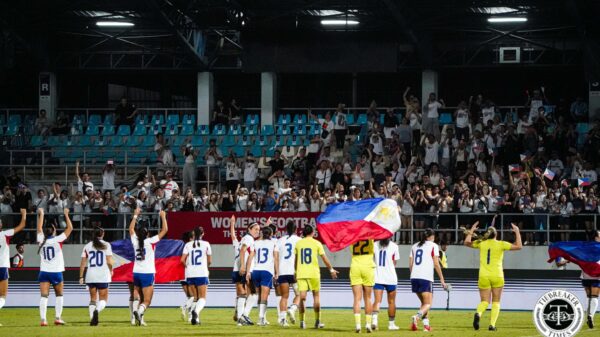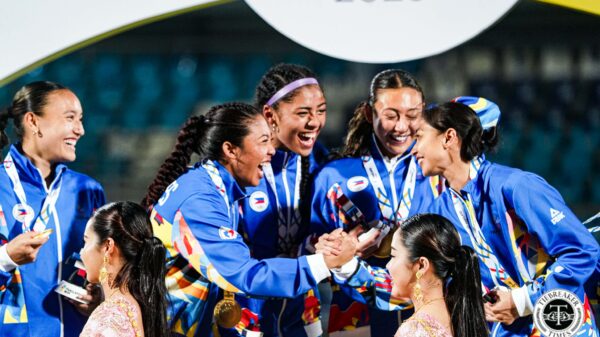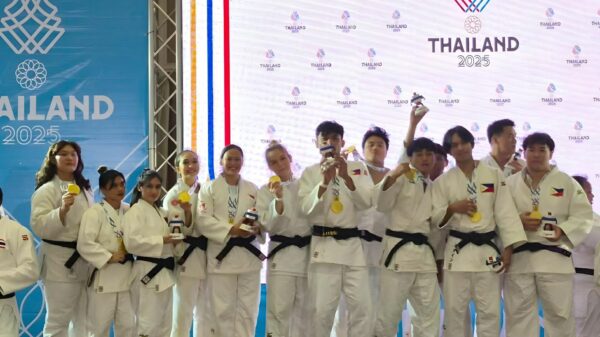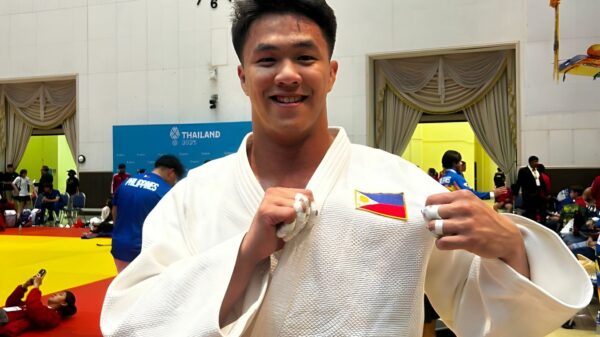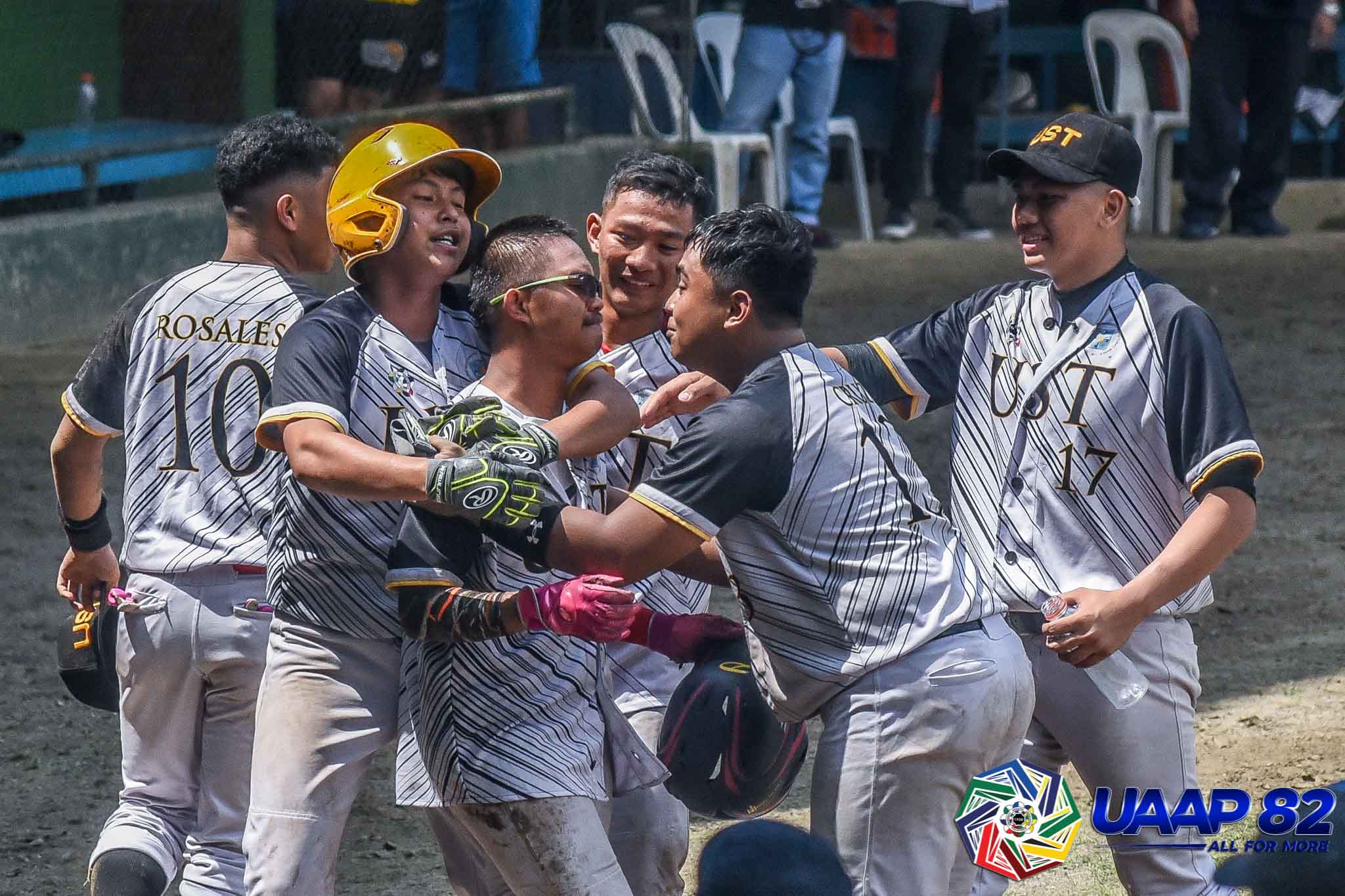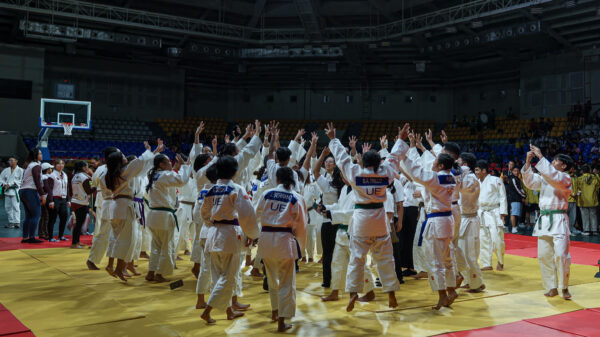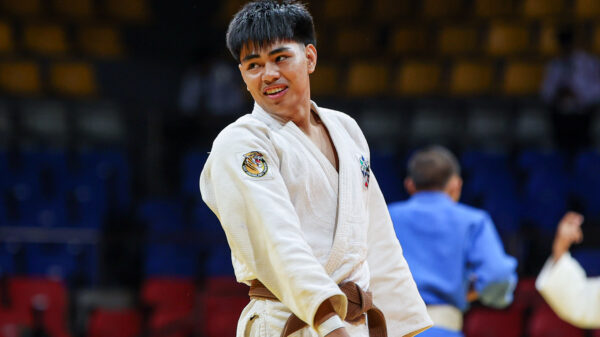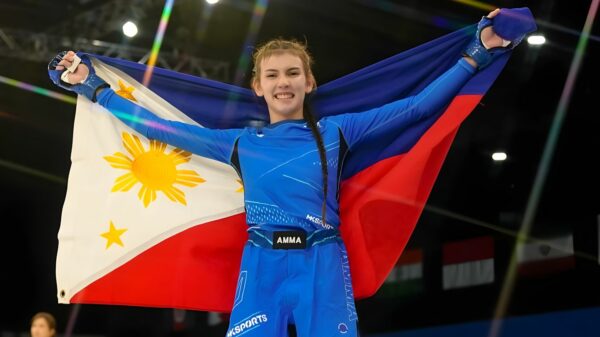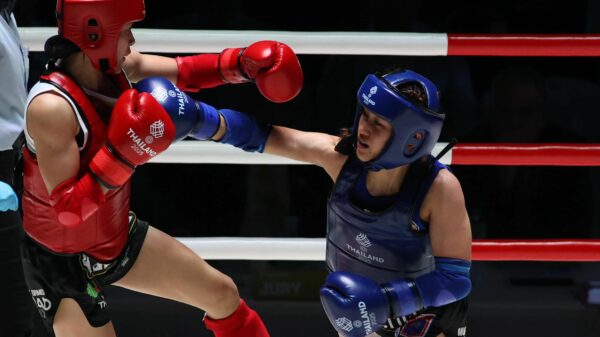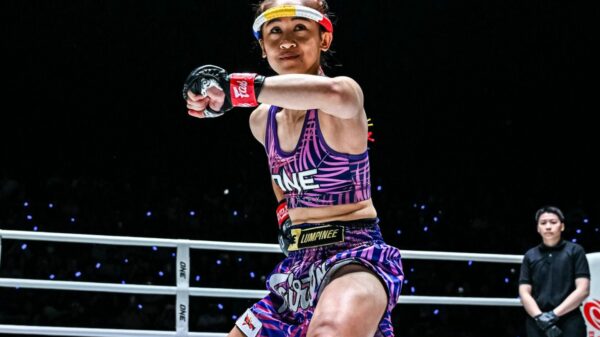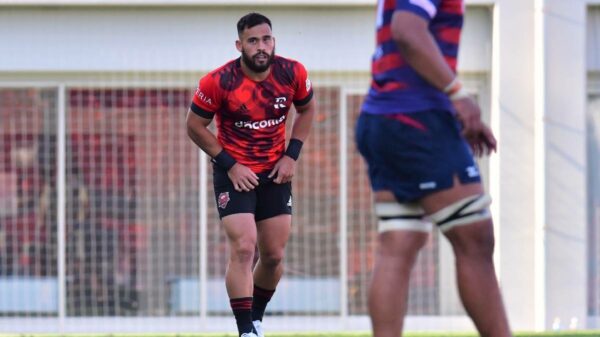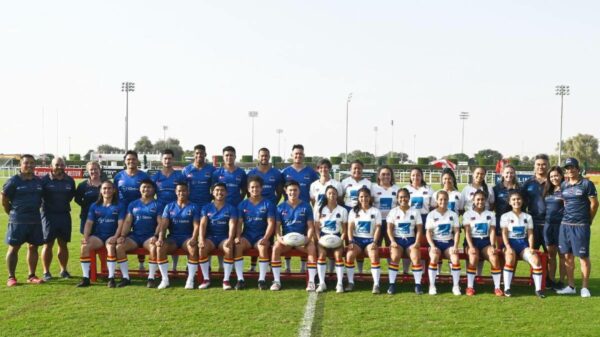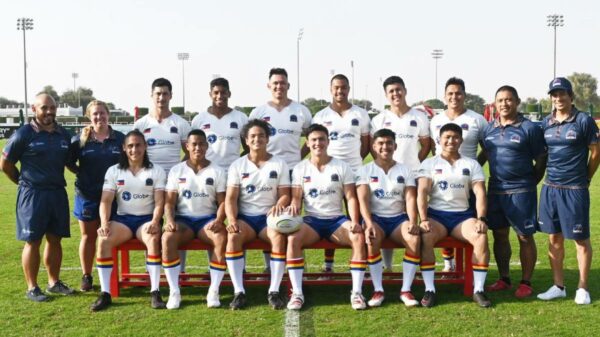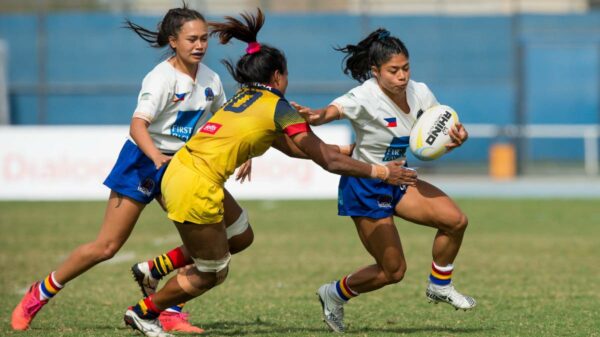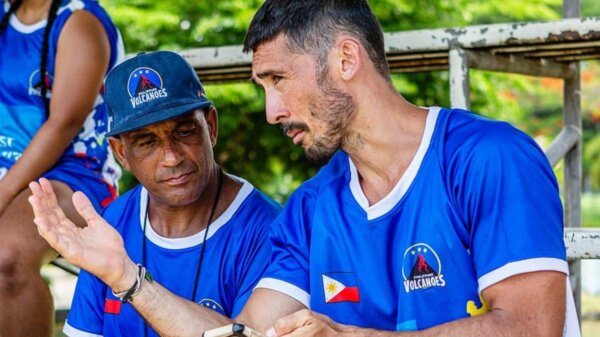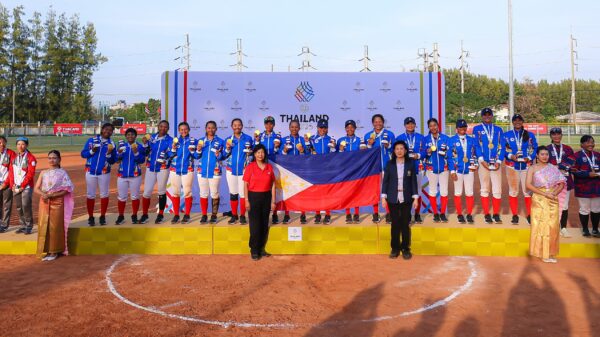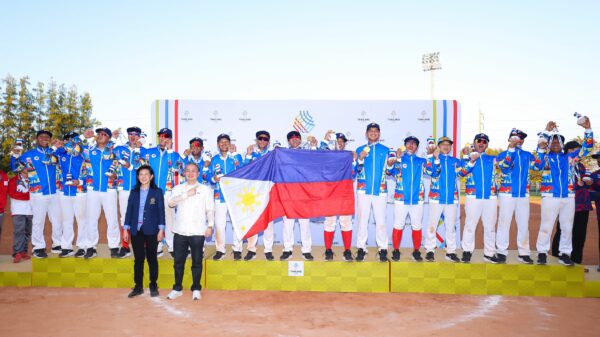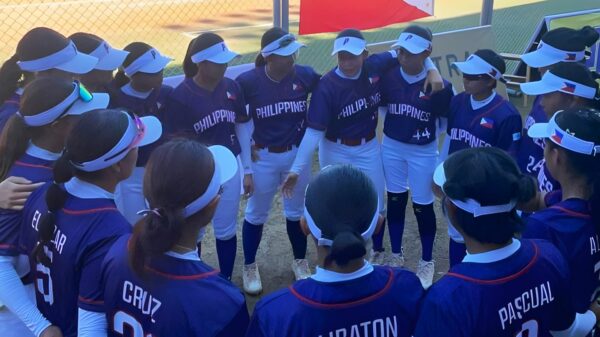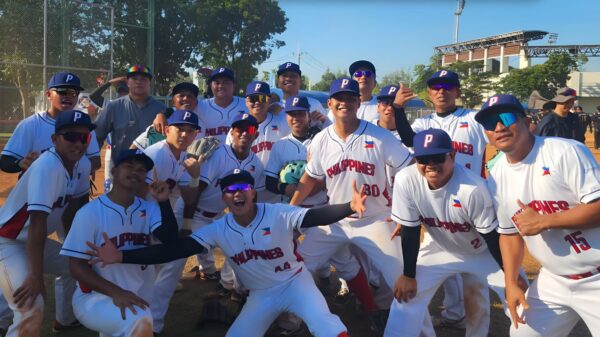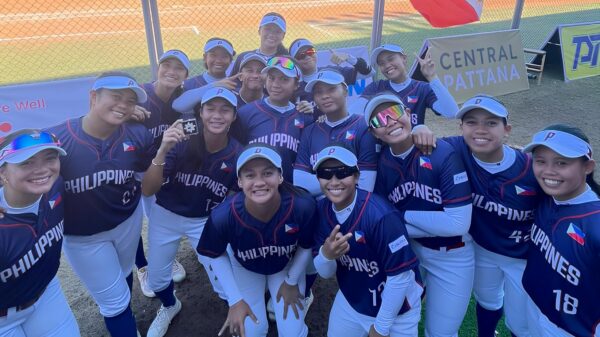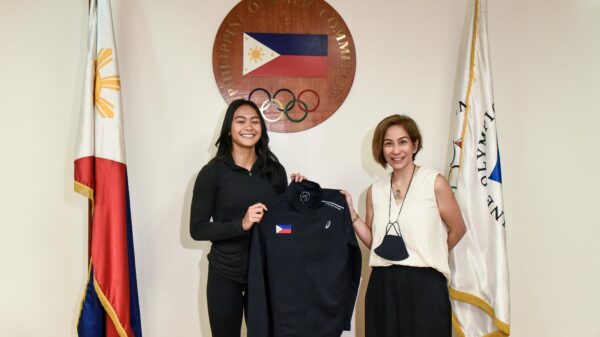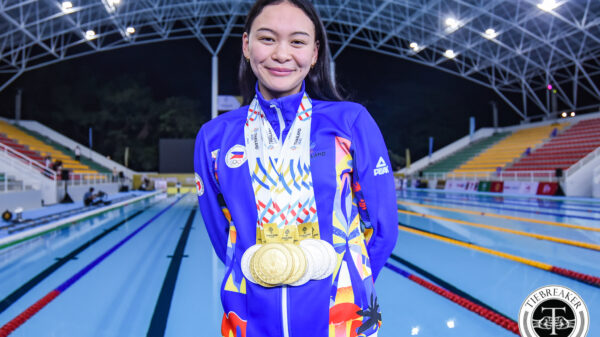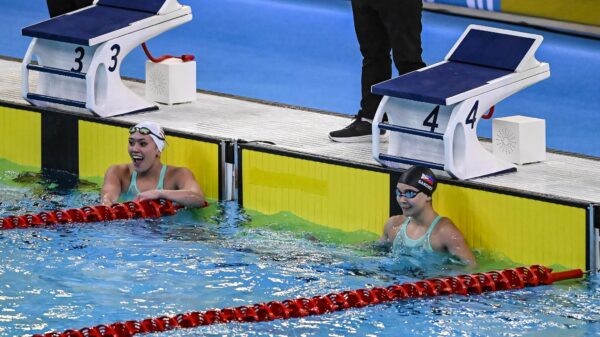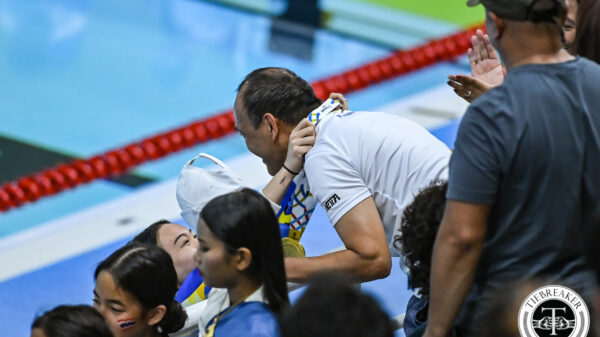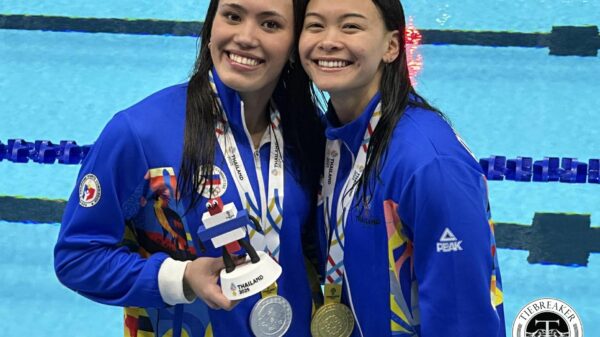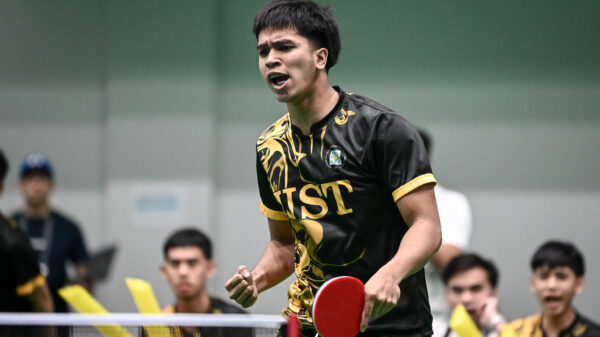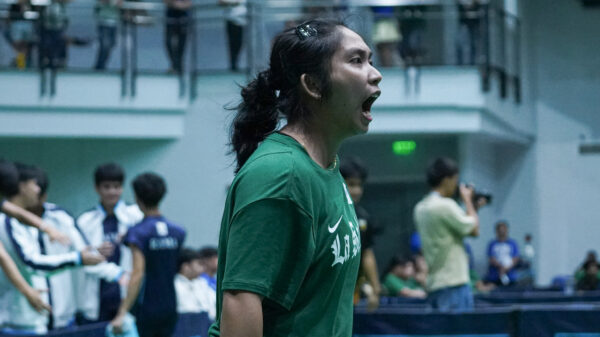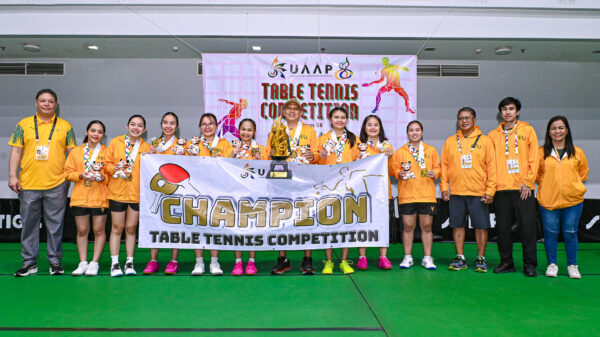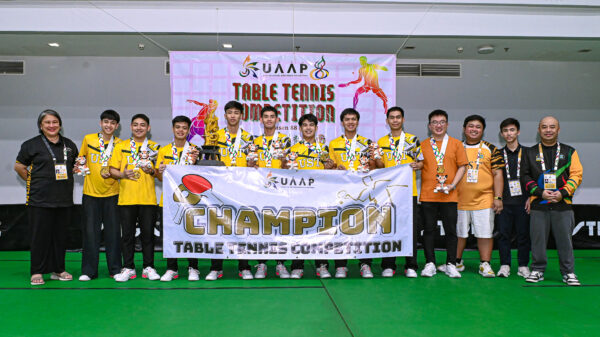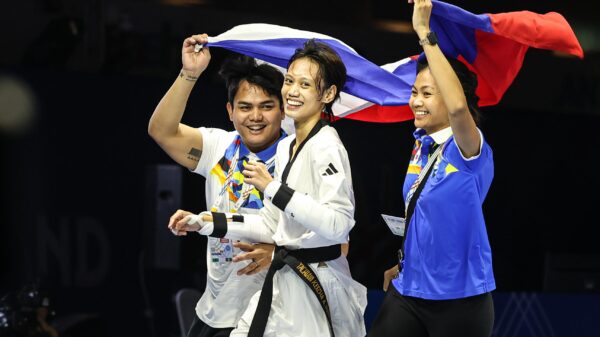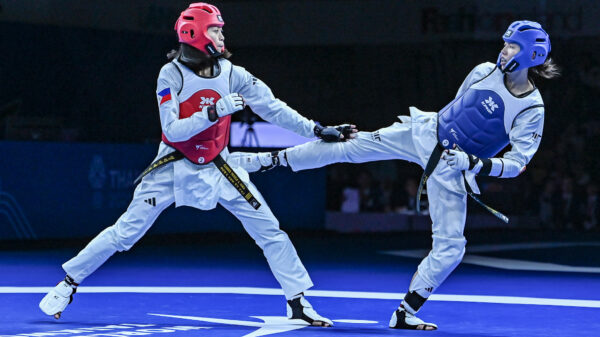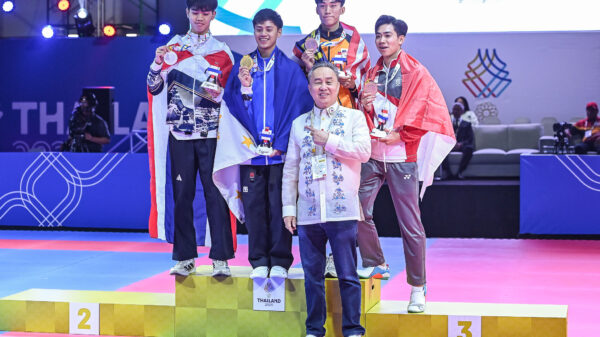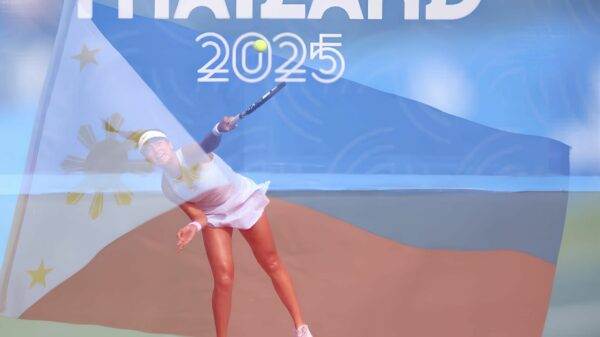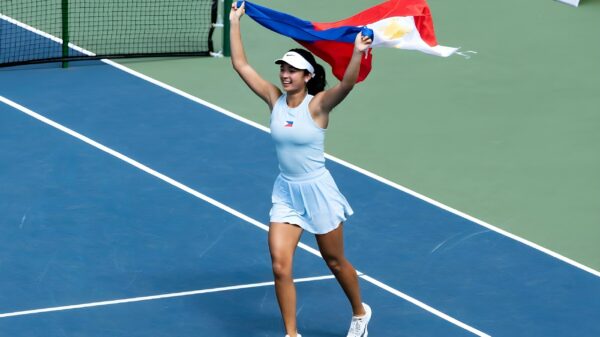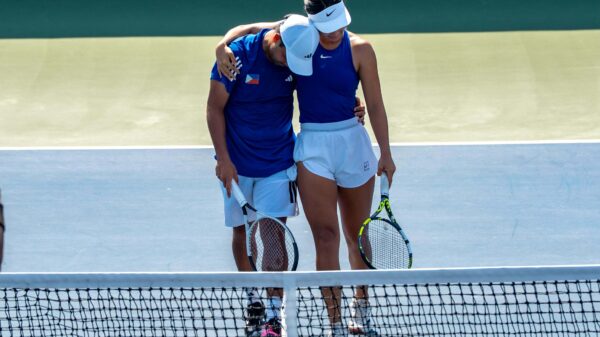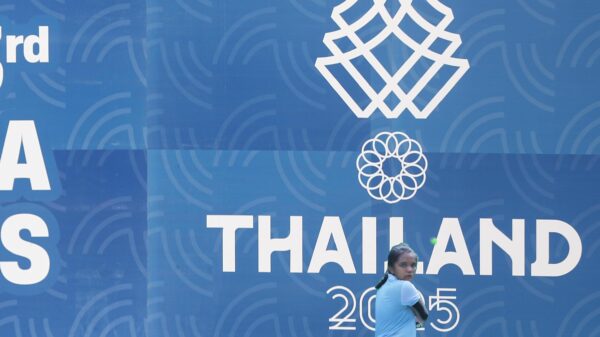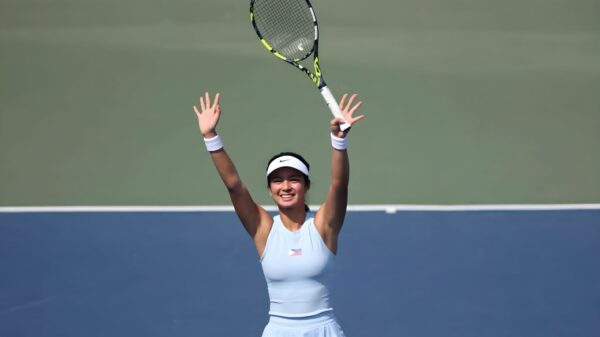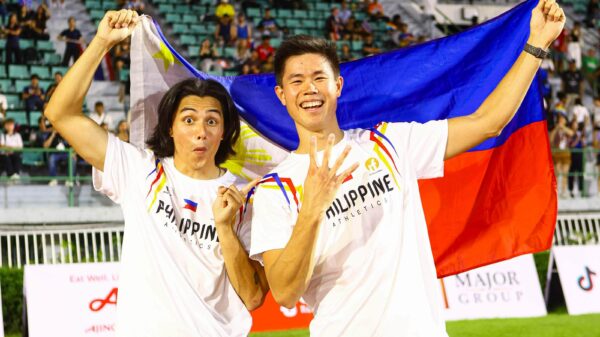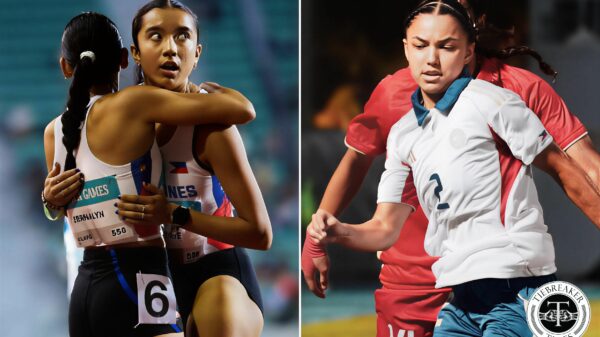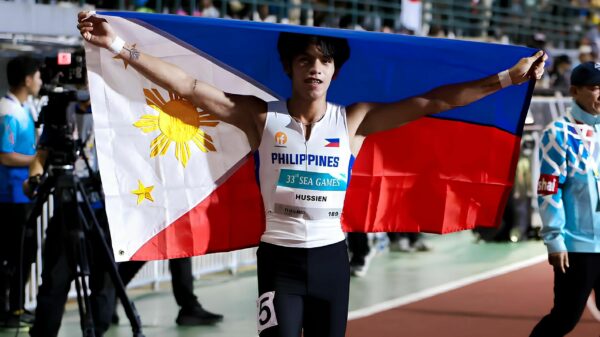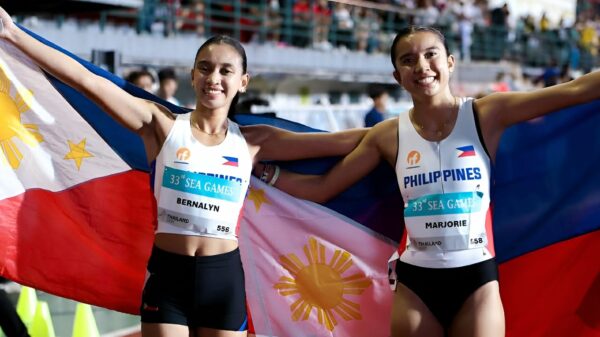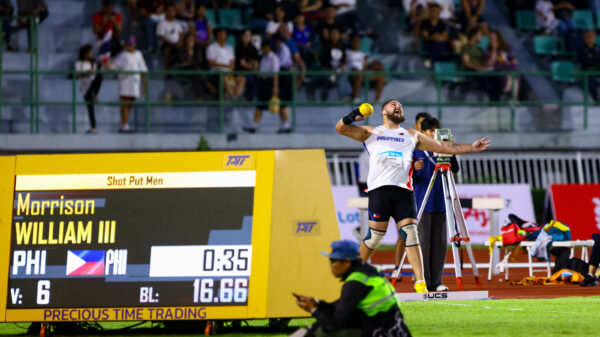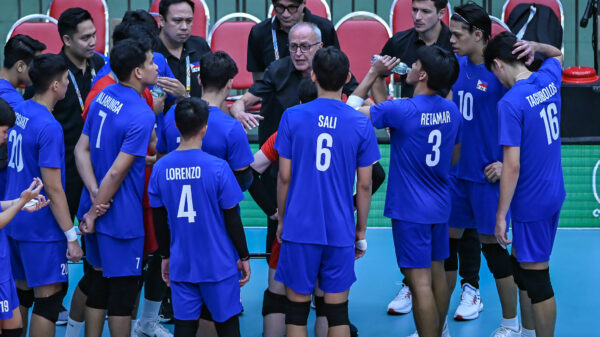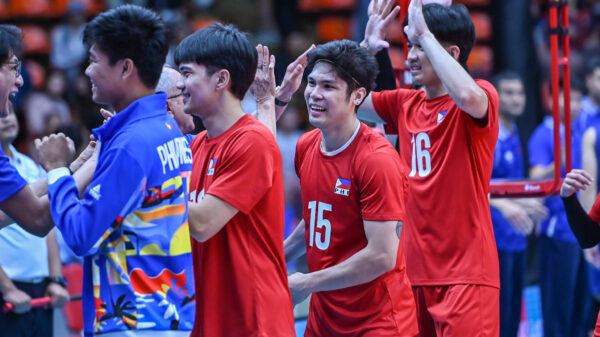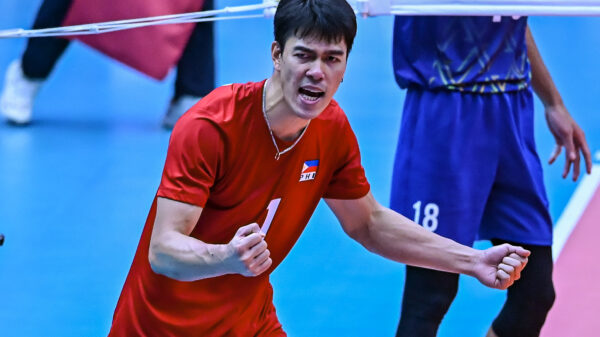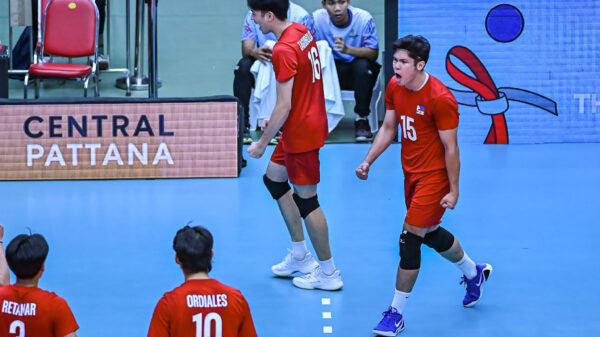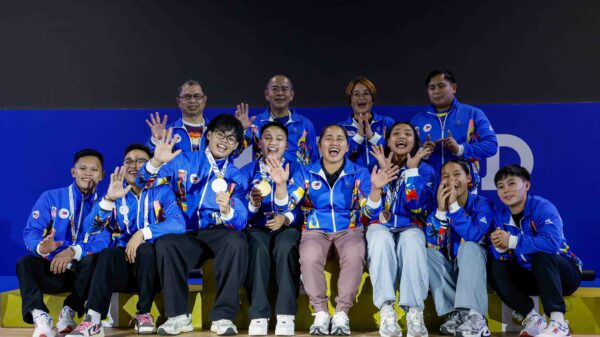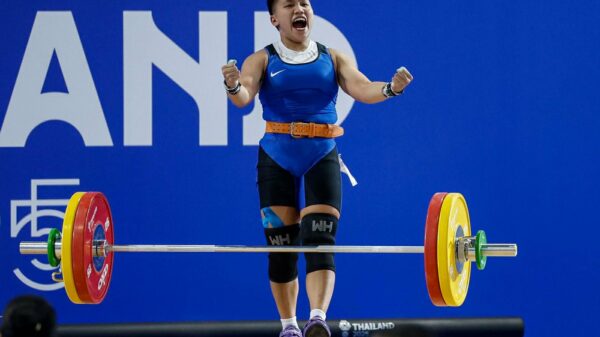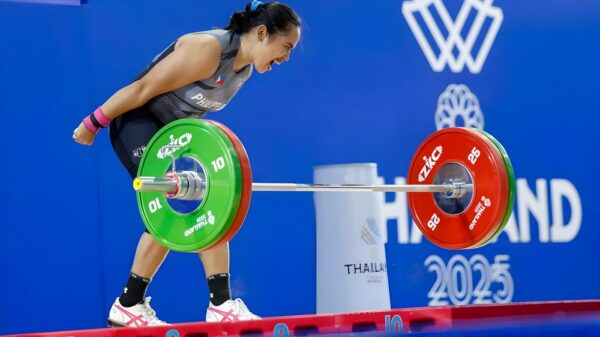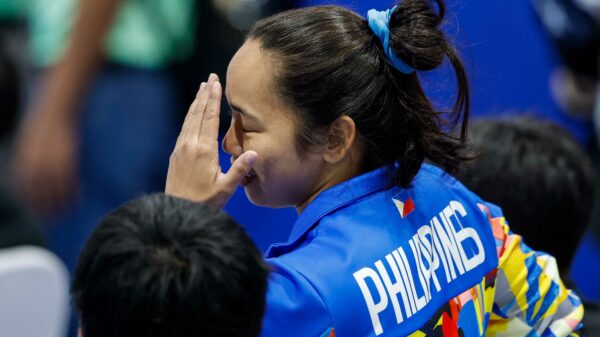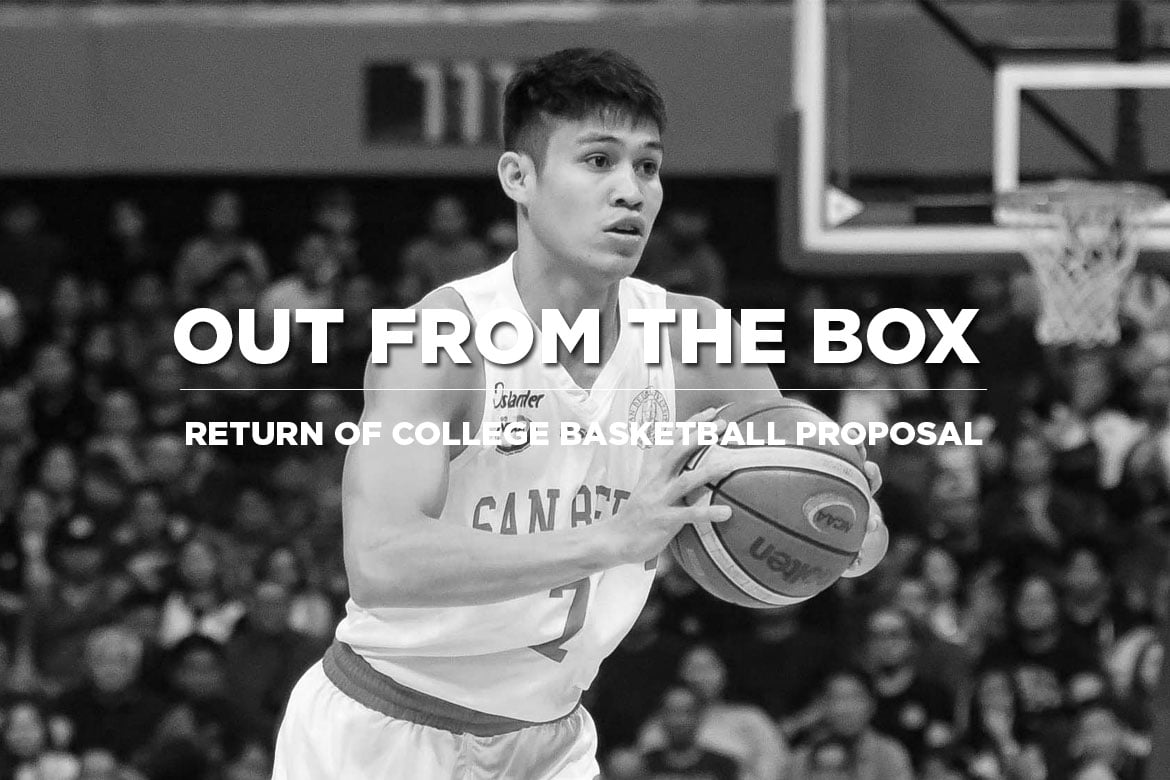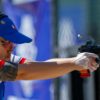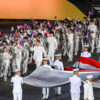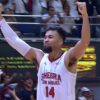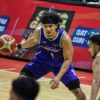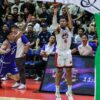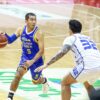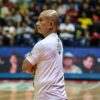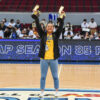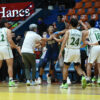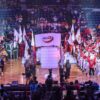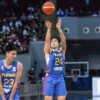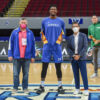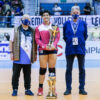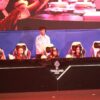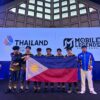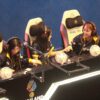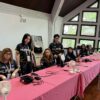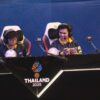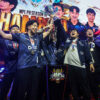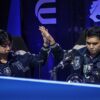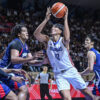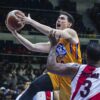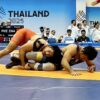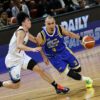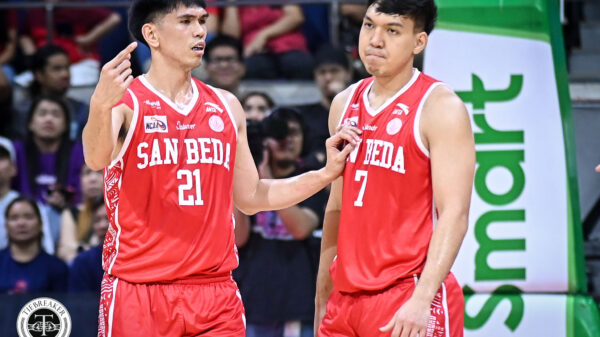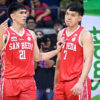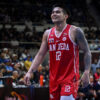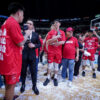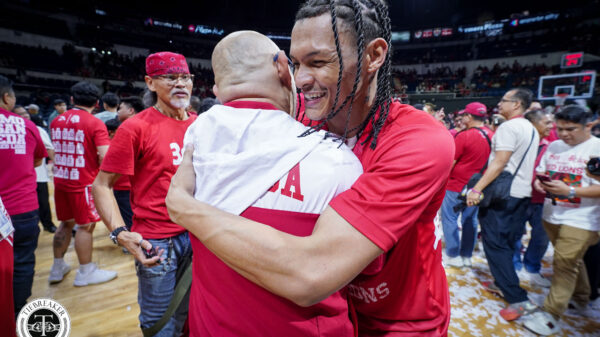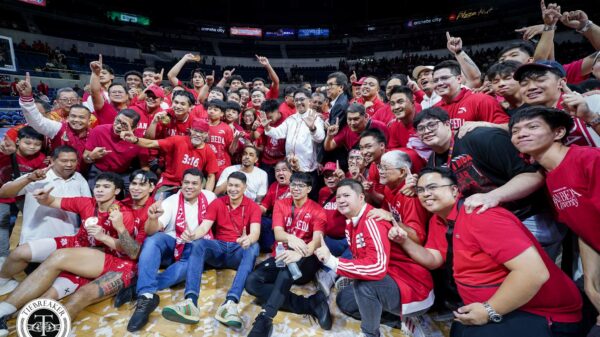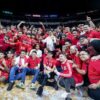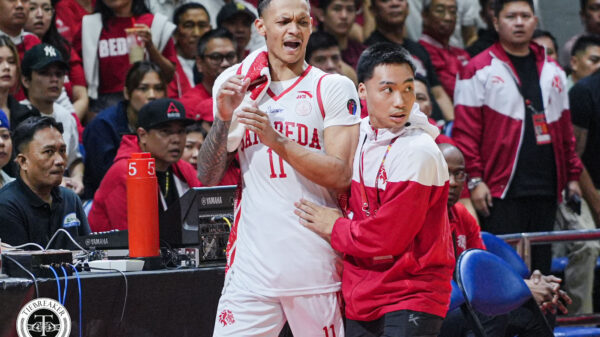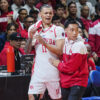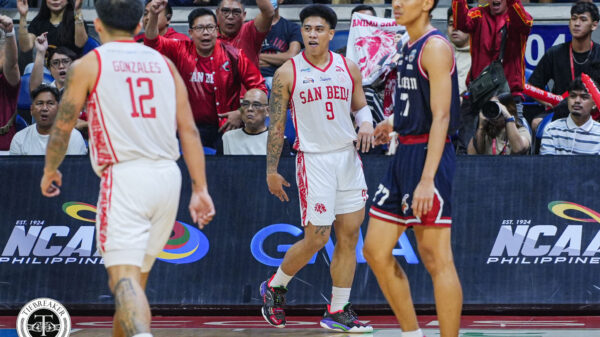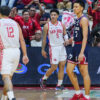As the PBA and other professional sports leagues are set to resume their practices under the General Community Quarantine status of the National Capital Region, San Beda University team manager Jude Roque sent a proposal to the Department of Health last week.
Roque offered the DOH a list of guidelines for Small Group, Non-Contact Basketball Skills, and conditioning Work-Out for College Basketball Teams.
The proposed guidelines address the concerns of college basketball players regarding workouts and maintaining game-ready conditioning, given the circumstances and limitations under the community quarantine status placed, especially in Metro Manila.
“The DOH sent us its Minimum Public Health Standards (MPHS) Protocol Check List with recommendations for Training of Non-Professional Sports. However, it said that non-professional contact sports, like basketball, is prohibited until an effective vaccine is developed. Of course, we fully understand that contact sports training could put us at risk of catching the virus, and the DOH is especially protective of young collegiate athletes,” said Roque.
“And so I came up with a proposal that lists recommendations on how college basketball teams can conduct ‘No-Contact Individual Workouts’ which I recently submitted to the DOH for their review. Hopefully, they find the proposal viable. “
Highlights
Based on the requirements forwarded by Roque to Tiebreaker Times, workouts will only be conducted in places under the Modified General Community Quarantine status, or better yet in places which there is no Community Quarantine.
Senior citizens and players 20 years old and under are not allowed to participate in workouts.
Workouts should adhere to the minimum health protocols issued by the DOH, and each participant must have undergone an PT-PCR test with a negative result.
Most notably, the guidelines require parents’ consent as well as the schools’ approval before proceeding to the workout.
Pre-Workout
The proposed guidelines put premium on strict sanitation standards.
The whole venue, including the carpark, must undergo thorough disinfection to be conducted by sanitation specialists, with emphasis on antimicrobial and antiviral disinfection.
The placement of UV sterilization lamps and air purifiers is highly recommended. There must be also foot baths in all points of entry.
As a reminder for the practice of social distancing (at least one meter apart), markers must also be present in all areas. All training equipment for the workout must be sanitized.
Medical equipment must also be available in case of an emergency. Hand sanitizers, hand soaps, and DOH-prescribed bleach solutions must be provided.
The facility must also have an assigned qualified health and safety officer who will oversee the workouts. In cases of emergency, a contingency plan must already be in place.
Transportation of Participants
In the proposal of Roque, no participant must take any form of public transportation going to and from the training venues.
Only private vehicles are allowed entry into the venues.
Physical distancing will also be followed inside the vehicle. Teams must provide transportation for participants who do not own cars (physical distancing must still apply).
Workout Highlights
The document stated that only four players, one coach/trainer, and one health officer per session for a total of six persons. Strictly, NO CONTACT among participants.
No passing of the ball between and among players and staff. Players shooting the ball must get their own rebound.
Each session will only last for 45 minutes, thrice in a week. More importantly, any individual who exhibits any symptoms of COVID-19 will be denied entry in the training facility.
Strictly, non-team members (family, friends) are not allowed in the training venue and its surrounding areas.
Participants not participating in any physical activity must always wear a facial mask. Moreover, athletes must come to the venue in their athletic attire.
The Safety Officer ensures that all protocols are followed; checks temperature of everyone upon entry to the facility; reminders for physical distancing, hand hygiene, cough etiquette, etc.; and the overseeing of the disinfection of facility/equipment before every session. He must also keep a record of all persons who attended the workouts for contact tracing purposes.
Roque carefully crafted this document, as the student-athletes have been idle for the last six months. In addition, coaches and trainers have also been furloughed left and right by schools due to the inactivity of collegiate sports.
“It’s been six months now that athletes and coaches have been confined in their homes, and many are getting more and more anxious. There has to be some way where we can have workouts without compromising our health and safety, using methods that comply with the DOH’s health protocols,” expressed Roque.
“Having said this, we know that the DOH is working very hard in battling this health crisis.”
With the current basketball season of collegiate leagues still up in the air, it is imperative that the government should also look in to the physical well-being of student-athletes since their skills are their capital and their ticket in obtaining a good education with the vision of providing for their families in the future.
It will not help if these athletes only stay at home doing nothing at this time. Even with the presence of the virus, with proposed the health protocol and guidelines, college basketball players must be allowed to go back and train.
These proposed guidelines will not only help specific leagues or teams, but all college players, and especially their coaches. If these guideline will be approved by the government, they will not resort to having their players train illicitly, which will earn them dire consequences if caught.

